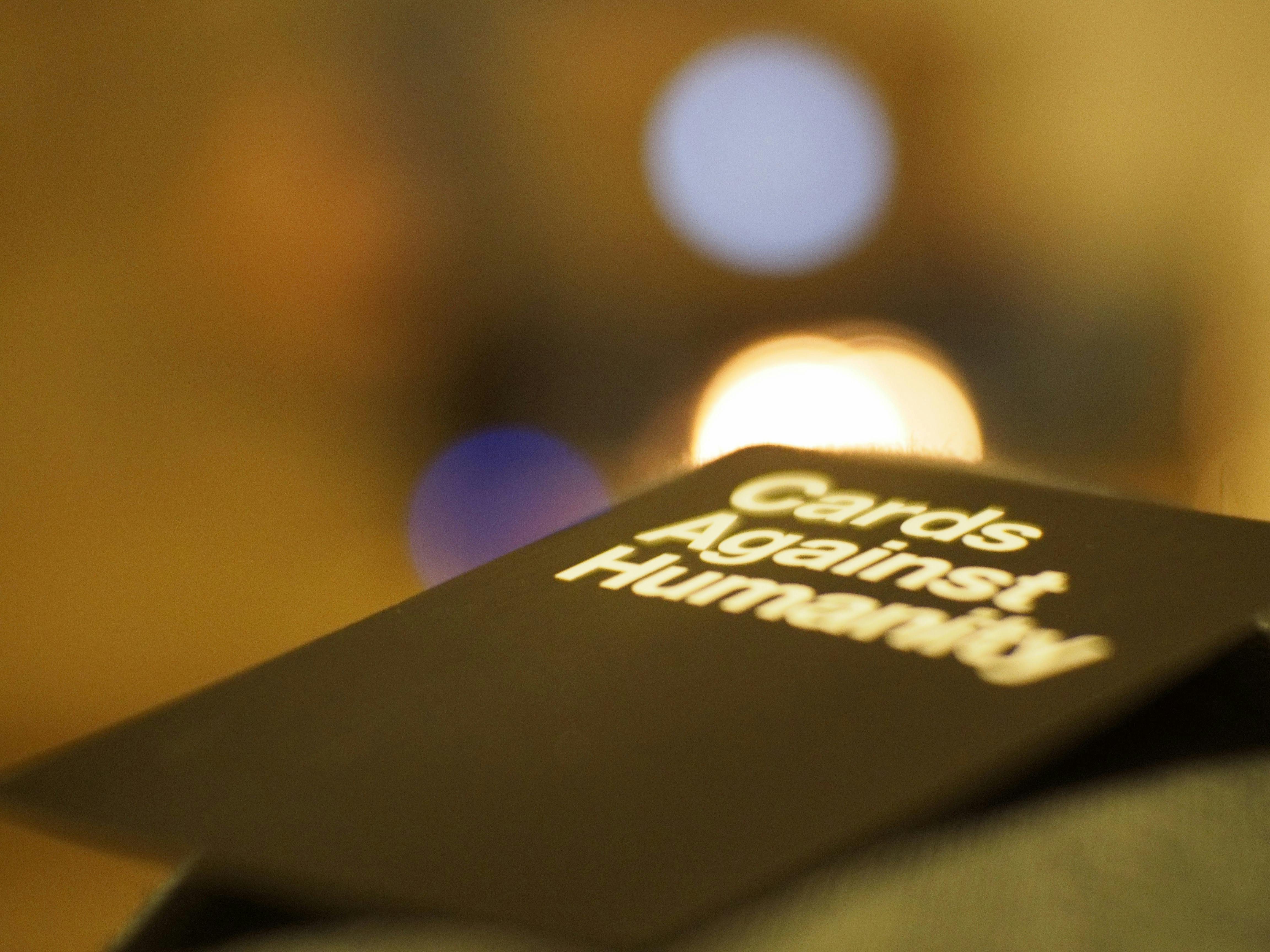A story is told within the Syriac apocryphal gospel of the childhood of the young Jesus entering the shop of a dyer named Salem and proceeding to throw away all the cloth that was given to the dyer to dye into a vat containing indigo dye. The dyer, convinced that his business was ruined, became enraged with Jesus and began to scold him. Jesus, however, remained calm and assured the dyer that he would color each piece of cloth the color it was supposed to be. Jesus then proceeded to remove each piece of cloth from the tub and, miraculously, when Jesus removed each piece of cloth from the tub, it changed color to the color that the dry cleaner originally intended to dye it.
On the surface (pardon the pun), the story seems to simply describe what might be called a “parlor trick.” But it seems clear that, on closer inspection, there is much more to the story than meets the eye. The indigo dye in the tub, in fact, was most likely the dye that was used, among other things, to color the blue strands of the tassels, known as tzitzit, attached to the four corners of the prayer shawls. The dye was made from sea creatures known as chilazon. Unfortunately, it is not known which sea creature the chilazón originally referred to, but modern researchers have suggested that it was cuttlefish or sea snails, as a dye can be synthesized from either that produces blue or purple depending on whether the fabric is dyed. it is quickly exposed to light. It should also be noted that the tint itself does not appear indigo but rather like a grayish color; the blue or purple color that the dye produces appears only after a cloth soaked in the dye has been removed from the dye and exposed to air.
Thus, it would appear that the miracle described in the Syriac childhood gospel is actually nothing more than the result of the natural chemical transformations associated with the chilazon dye, known as tekhelet. But here again I think it would be unfortunate if one casually dismissed the story as explained entirely by natural phenomena and therefore without any evidence of miracles, unimportant. In fact, there is deep religious significance in the act of transforming something that was originally gray, the color of lifelessness, into something full of color, representing life. And to attribute Jesus as the source of the relevant transformations is essentially to suggest that Jesus is both the breath (the air) and the light, a message that is unmistakably Christian.
One might be tempted to argue that the author of the Syriac Childhood Gospel had the secret intention of conveying the idea that Jesus was the breath and light that brought to life what was dead; but I think that would be a bit of an exaggeration. The author seems to have been completely ignorant of what the indigo dye was and represented; otherwise, he probably would have mentioned it. More importantly, the author did not describe the two distinct transformations (gray to purple, purple to blue) that are uniquely associated with the dye, the knowledge of which is essential in bringing to light what appears to be the hidden meaning of the story. . The process used to make the chilazon dye, like the Ark of the Covenant before it, was in fact lost after the Roman destruction of the Jewish state after the Bar Kokhba revolt in the 2nd century, long before the given date of the fifth or sixth century. the Syriac gospel of the childhood of modern scholars.
However, what seems likely is that the event described in the Syriac Childhood Gospel occurred and was witnessed by someone who, like the author of the text, was similarly unaware of the chemical transformations associated with the chilazon dye. They witnessed the “parlor trick” and were sufficiently convinced that it was a miracle that they decided to report it as such. And the most likely candidate (or, more likely, candidates) for those who could have reported the event would be one or more of the children who, according to the account given in the Syriac Childhood Gospel, had been playing with Jesus just before. of him entering. the dyer’s shop. Thus, although the Syriac Gospel of Childhood may have been composed in the fifth or sixth story, the story itself seems to date back to the time of Jesus, when the chilazon dye was still in use. Also note that for one or more of the children to have reported the incident, they must have already considered young Jesus to be an anomaly.
Therefore, for those who are willing to accept it, the story of young Jesus in the dry cleaner’s shop and the chilazon dye together ultimately serve as an ark from the past that carries evidence of the physical existence of Christ.


